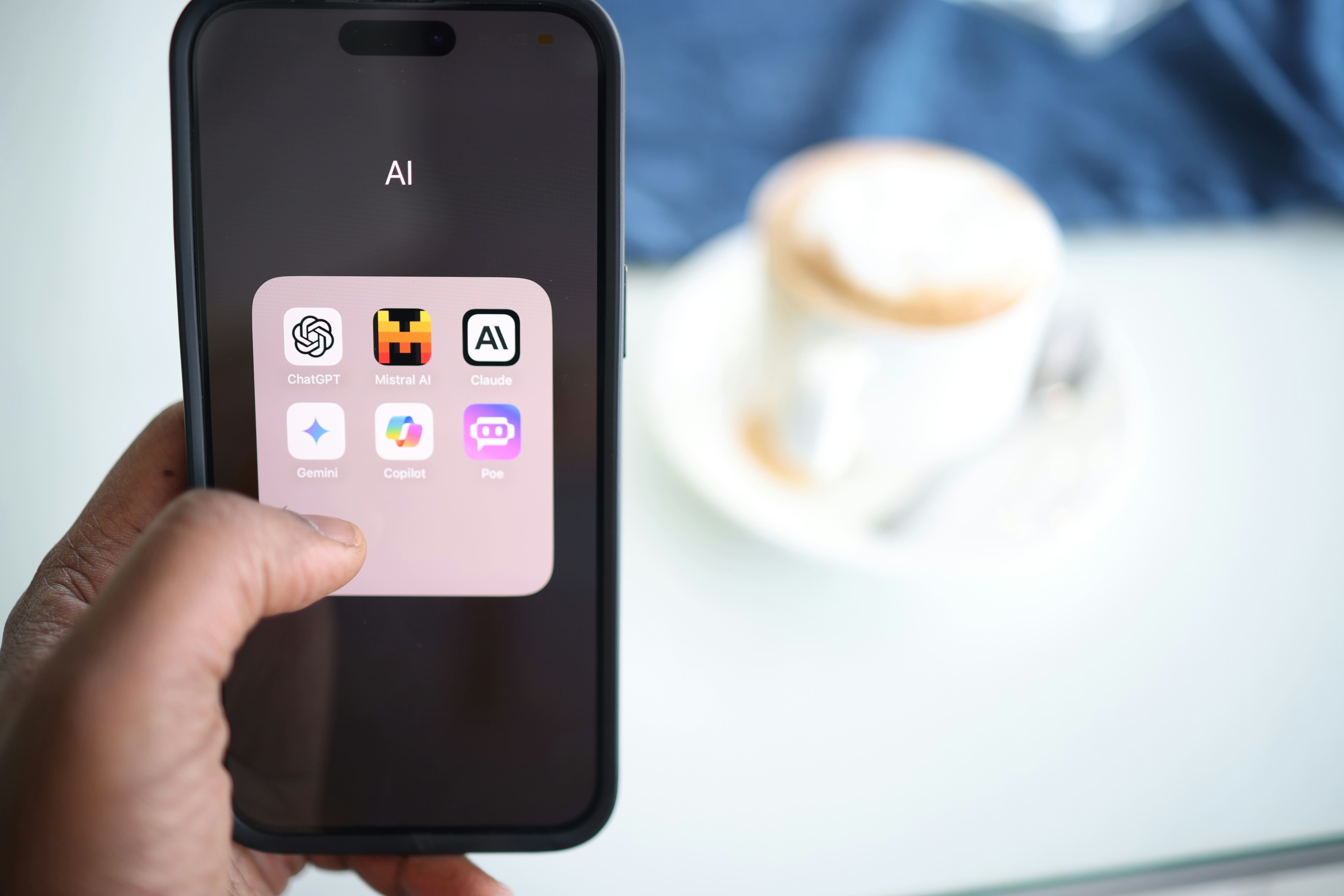
Explore how Generative AI differs from Traditional AI, and discover which approach suits your business goals, use cases, and innovation strategy
AI is no longer a buzzword—it’s an operational reality. But not all AI is created equal. As businesses evaluate ways to automate, enhance, and innovate, it's important to distinguish between traditional AI and Generative AI. While both use machine intelligence to solve problems, they differ in their purpose, architecture, capabilities, and impact.
| Aspect | Traditional AI | Generative AI |
|---|---|---|
| Output | Predictive (e.g., classification) | Creative (e.g., text, images, code) |
| Data Requirements | Structured & labeled | Large-scale unstructured |
| Use Cases | Forecasting, anomaly detection, scoring | Content generation, chatbots, design |
| Models Used | Random Forest, SVM, Neural Networks | Transformers (e.g., GPT, BERT, Claude) |
| Human Input | Model training and evaluation | Prompt engineering and validation |
Traditional AI typically improves operational efficiency and accuracy—think reducing churn or optimizing logistics. Generative AI, meanwhile, adds value through personalization, engagement, and automation of creative processes. Both can be monetized through product enhancement, internal tool development, and customer-facing automation.
Understanding the difference between Generative AI and Traditional AI helps organizations choose the right tools for the right problems. While Traditional AI continues to drive structured automation, Generative AI opens new doors in creativity, interaction, and dynamic experience design. Smart businesses are already blending both approaches to create powerful, AI-driven products and services.
Whether you need video editing, web development, or more, we're here to help you achieve your goals. Reach out to us today!
Discover Custom Solutions
At OrganicOpz, We Specialize In Crafting Tailored Strategies To Elevate Your Online Presence. Let's Collaborate To Achieve Your Digital Goals!
Share Your Idea Or Requirement — We’ll Respond With A Custom Plan.
Give Us A Call On Our Phone Number For Immediate Assistance Or To Discuss Your Requirements.
Feel Free To Reach Out To Us Via Email For Any Inquiries Or Assistance You May Need.
Our Standard Operating Hours Are From 4:00 To 16:00 Coordinated Universal Time (UTC).